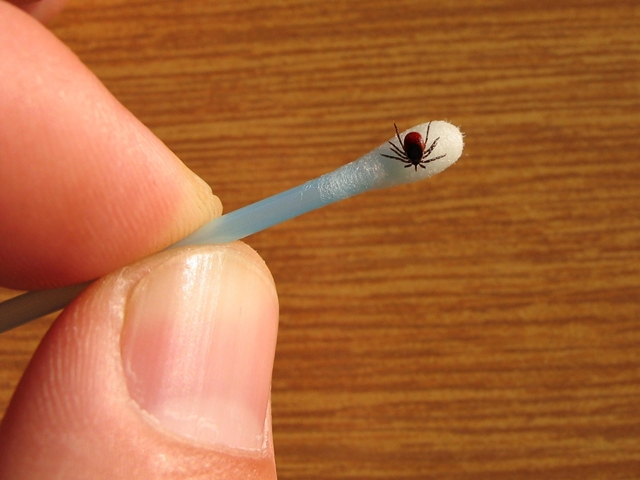We’ve shared tips to avoid being bitten by a tick. But if you are unlucky enough to get bitten by one of these creatures, here are ways to you can remove the tick safely.
It is important to remove the tick as soon as it is noticed. Research at Ohio State University indicates that transmission of disease organisms from a tick begins approximately 24 hours after a tick begins feeding on a human. The longer the feeding continues, the greater the potential for infection.
Proper removal is important for two reasons:
- Intact removal of the tick (head and body) helps keep disease agents contained with the tick
- If it becomes necessary to identify the tick, it needs to be in the very best condition possible
There are many non-approved methods for removing a tick (coat the tick body in nail polish or Vaseline; cover the tick body with alcohol or gasoline, etc.). These methods of removal risk causing the tick to regurgitate (vomit) into the human skin and expose the human to greater risk of disease transmission.
The following tick removal method is recommended as consistently successful by the Centers for Disease Control (CDC):
- Remove the tick with fine-tipped tweezers by grasping the tick as close to the skin’s surface as possible
- Pull upward with steady, even pressure
- Don’t twist or jerk the head of the tick to avoid leaving the head in the skin
- After removal, thoroughly clean the bite area and your hands with soap and water, or alcohol, or Betadine
Preserve the removed tick by wrapping it in a damp (not wet) paper towel and placing it in a reusable sandwich bag. Write the date on the bag and then refrigerate it. The goal is to keep the tick hydrated so identification of the type of tick can be confirmed at a later date if symptoms of infection begin.

